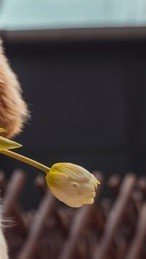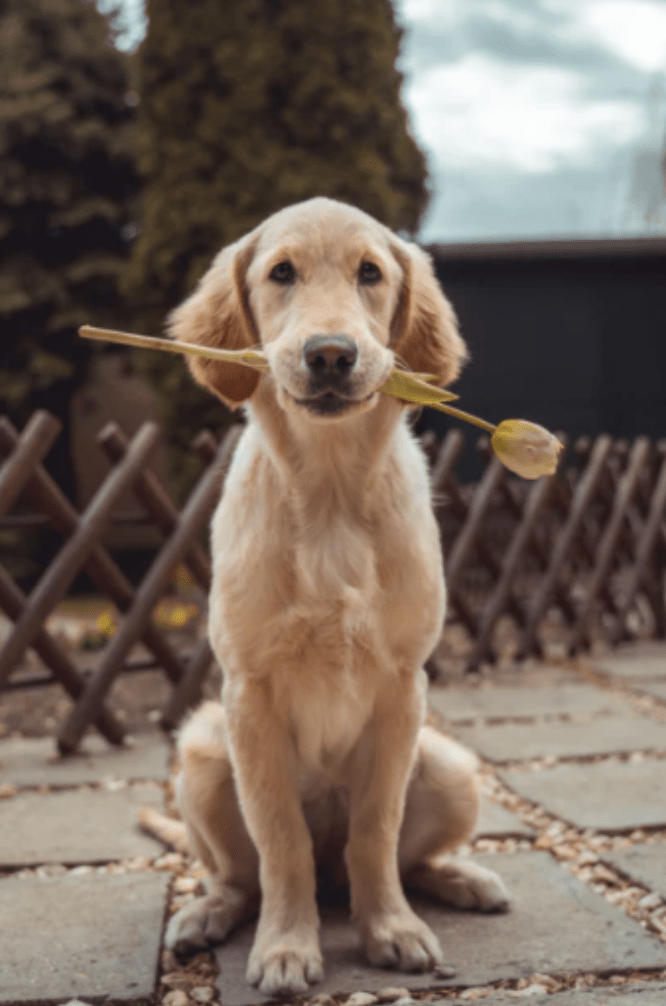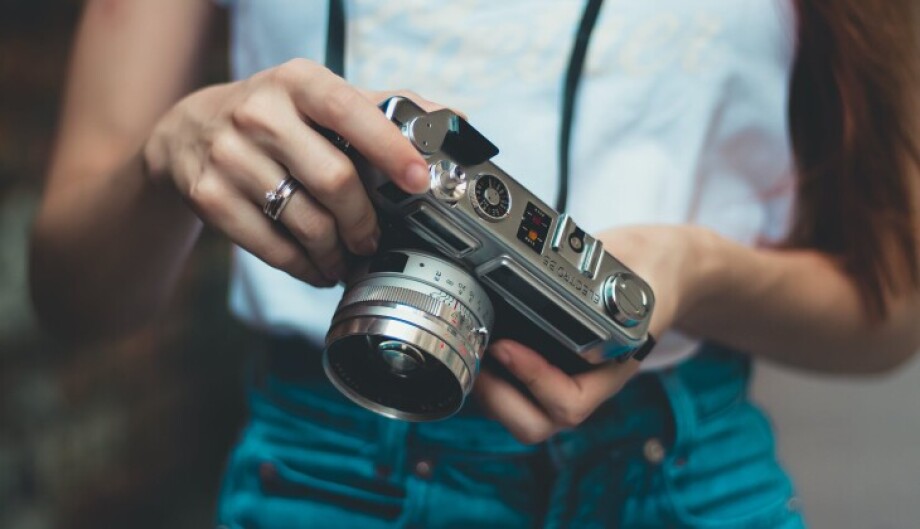“The pictures are there, and you just take them.”
– Robert Capa
Sure, you take them and use pictures during your lessons to liven up the routine.
Well, if we are talking seriously, photographs play an immense role in lessons and are of great help for teachers. Photos can help to start a lesson and finish it, to have a relaxing pause and accelerate an exercise, to add some novelty and become a steady activity making some skills improve.
Below you will find a list of activities you can do with photographs in lessons. They may be adjusted to any level of students and used with young learners, teens, and adults.
Pictures for Vocabulary and Grammar
Some researchers suggest that people remember visual images much easier than words. And using imagery can make learning more fun and interesting, especially when you need to teach a wider range of lexis to present a topic.
For example, the topic of a lesson is Colours in Everyday Life and you will teach how people react to colors, how they are used in different industries to affect customers, and what they represent in some cultures. You have a list of words and phrases for the lesson. Some of them are:
subtlety
appealing
tranquil
entice
classy
After presenting a new word and explaining its meaning, giving some examples of usage, you may use pictures to build an association or even a story with the word.
Here are possible photographs to use for associations.
You show a photograph and ask what word from the list it is associated with. Then you ask students to make a sentence using the word connected to the picture. Multiple usages of the word will help the student to memorize it faster. Practice makes perfect.
The next lesson, it is good to revise the learned vocabulary using the pictures from the previous lessons. Possible activities:
- show pictures — students speak up the word related to it;
- show pictures — students ask questions using the word;
- show pictures — students have 3 minutes to make up a story using the word;
- give out pictures — students work in pairs: one sees a picture, the other one doesn’t. Then the student describes a shown picture, another one guesses the word associated with the picture.
This activity might be used with any students of any level and age. The thing is to find appropriate pictures representing the vocabulary that you teach.
The next task I’d like to write about is called My last photo and can be used as a warm-up. Ask your students to show the last photo on their mobiles and describe it using the grammar studied in the previous lesson.
Another great activity to practice vocabulary and grammar is called Mystery photo. After the lesson students take photos connected to the topic from an unpredictable angle. Then they show these photos in the class and others, using studied vocabulary or grammar, try to guess what is depicted.
Pictures for Writing
Writing is believed to be one of those skills which are not easy to improve and not fun to practice in lessons. Many students get frustrated with a writing task thinking that it is really hard and boring.
Photos can be a tool to foster a love for writing. Instead of writing an essay on a given topic, show students a picture of any kind, and ask them:
- to describe a picture and write what they see;
- to imagine that they are in the picture and they should write about their feelings, surroundings and explain the actions;
- to make a story.
For instance, this photo might be shown with a variety of tasks:
- write a story about what might have happened before;
- write a story of the family which owns the house;
- write a story describing what will happen next;
- write a story starting with “The door opened and…”

This activity is also suitable for speaking tasks and you can ask students to discuss the picture and use modal verbs of deduction.
Pictures for Fun
The activity below may be used as a Warm-up task at any levels, or you can add it during a lesson if you need to shake your students up, have some fun:
- you show a little part of a picture and students should guess what is shown there;
- if they work in pairs, they discuss with each other what might be in the photo:
- if you do a one-to-one lesson, make your student use phrases to give an opinion, to make an assumption, remember modal verbs.
It is convenient to create a presentation and add a few pictures. The first slide is always some part of the image, the next one is the whole picture. For example:

You show the picture and ask what it might be. Students try to guess using different structures (modal verbs, present continuous, giving opinion phrases). After a few minutes you reveal the original photo:

These are just a few examples of ways pictures might be used in the lessons. You can always add some new ideas and see how photos are full of entertainment and inspiration for teaching.






 Вероника Аветисян
Вероника Аветисян 
 Маргарита Аветисян
Маргарита Аветисян 


